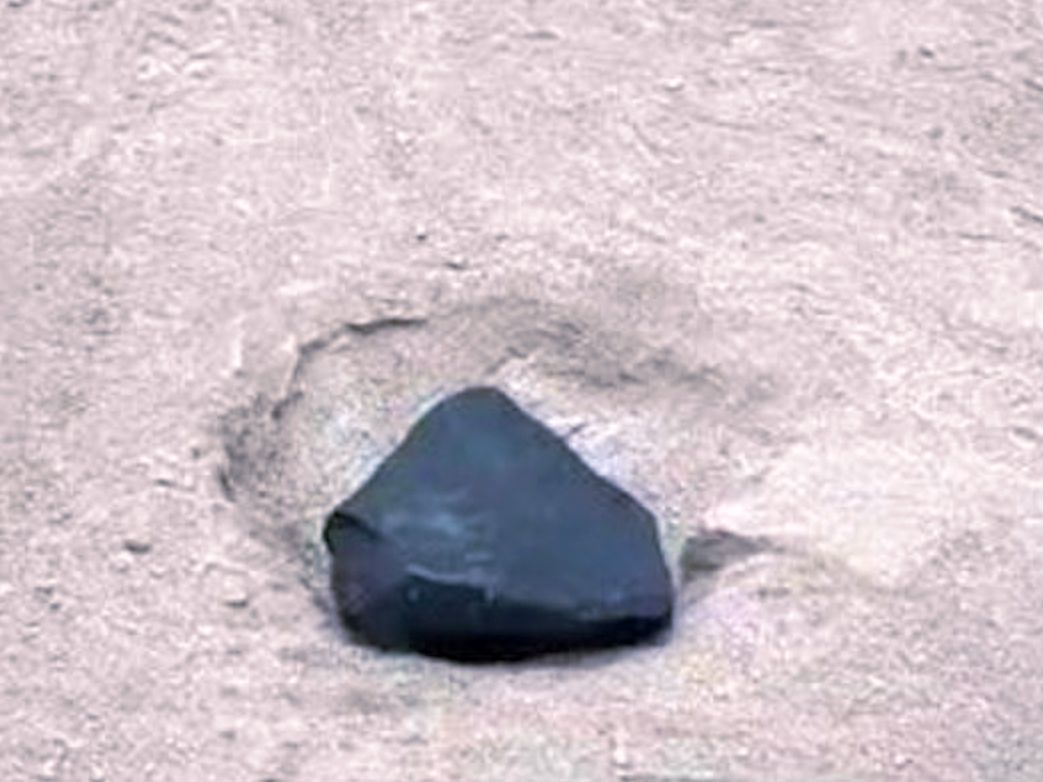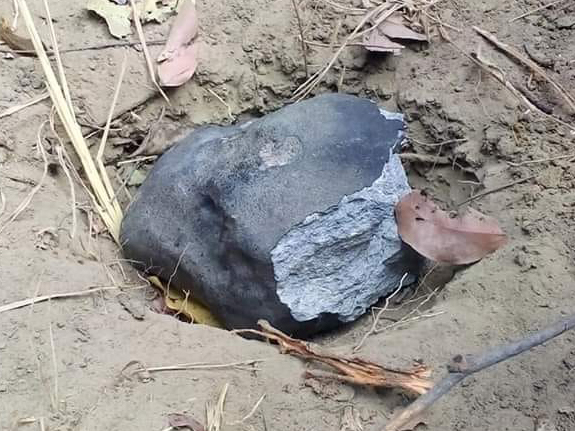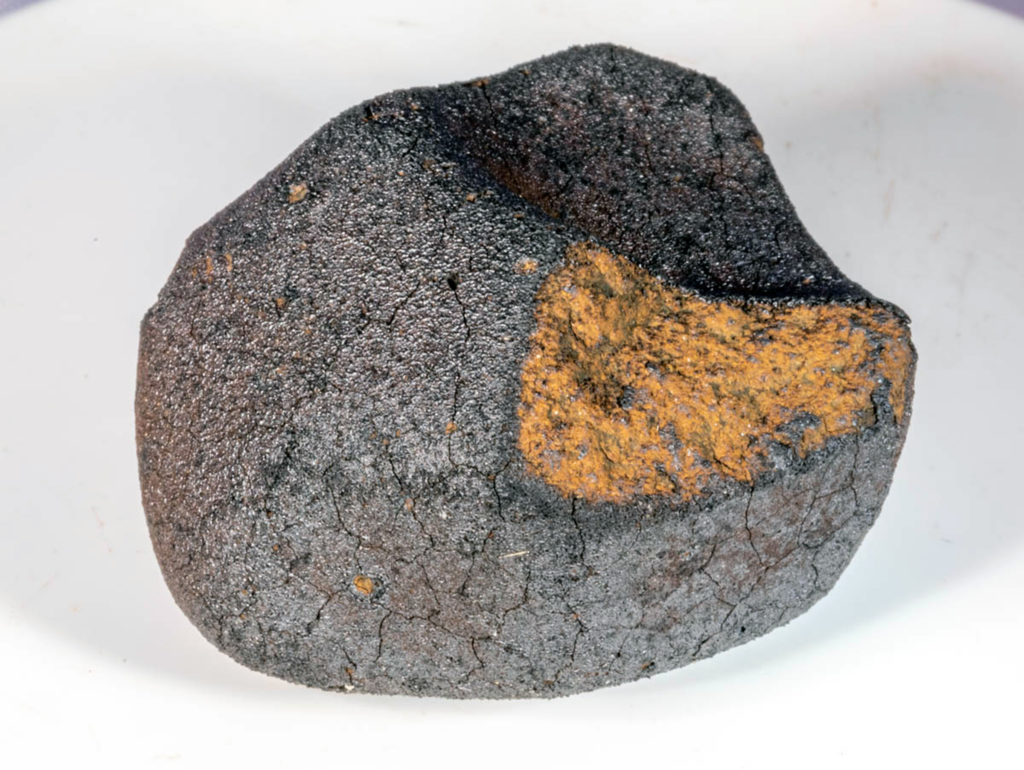Northwest Africa 16273: 4 Vesta’s mantle sampled during the giant impact
Ratiba Kared, Bertrand N. Moine, Jean-Luc Devidal, Abdelmadjid Seddiki
Journal of African Earth Sciences
Available online 4 March 2025, 105604
“Highlight
- In this paper, we represent the results of a comprehensive petrological and geochemical study of an mesosiderite Northwest Africa (NWA) 16273. This is significant because the lack of clarity surrounding the origin and formation of these rare and understudied meteorites has prompted our research. We believe that our findings can significantly contribute to the existing knowledge in this field, offering new insights into this intriguing meteoritic material. Our research shows that a fraction of 4Vesta mantle was sampled during the giant impact.”
“We report here the results of a comprehensive petrological and geochemical study of Northwest Africa (NWA) 16273. NWA 16273 is classified as a mesosiderite-B2/3 and contains a significant amount of metal and silicates phases. It is composed of pyroxene, olivine, plagioclase, iron-metal + sulfide phases, and minor amounts of phosphate, chromite, phosphide, rutile, ilmenite and quartz. Olivines appear as xenocrysts surrounded by reaction rims composed of pyroxene and chromite. Some pyroxenes occur as xenocrysts and as small grains in the matrix. Pyroxene shows significant variation in composition: Low-Ca pyroxene (Fs18-36 Wo3-4 ; n=22) and pigeonite Fs22-26 Wo12-20 (n=2). The Fe/Mn ratios of all pyroxenes show a large variation and have molar Fe/Mn rations of 27.6 ± 3.1 (n=24). Whereas, olivines have molar Fe/Mn ratios of 45.5 ± 4.2 (n=20). These ratios are compatible with 4 Vesta compositions. Plagioclase are bytownites and anorthite (An87-92 Or0.2-0.6). Additionally, Olivine displays a bimodal distribution with two populations: olivine-Mg-rich (Fo72-81 Fa19-28) and olivine less magnesian (Fo60-67 Fa33-40). The combination of an harzburgitic composition and a high metal content in the NWA 16273 suggests a complex origin involving several parent bodies, which may have undergone a collision, melting and ejection to form the mesosiderite. Textural, mineral and geochemical characteristics indicate that a metallic impactor melted an eucritic crust of 4 Vesta. The eucritic magma and molten metal were injected into the harzburite mantle prior to ejection. Nickel phosphides oxidized on contact with silicate magma to form secondary phosphates. Olivine underwent a more or less intense peritectic reaction to produce secondary orthoproxenes and chromites. The orthopyroxene xenocrysts are zoned and partially chemically re-equilibrated. These features show that a fraction of 4 Vesta mantle was sampled during the giant impact.”
































